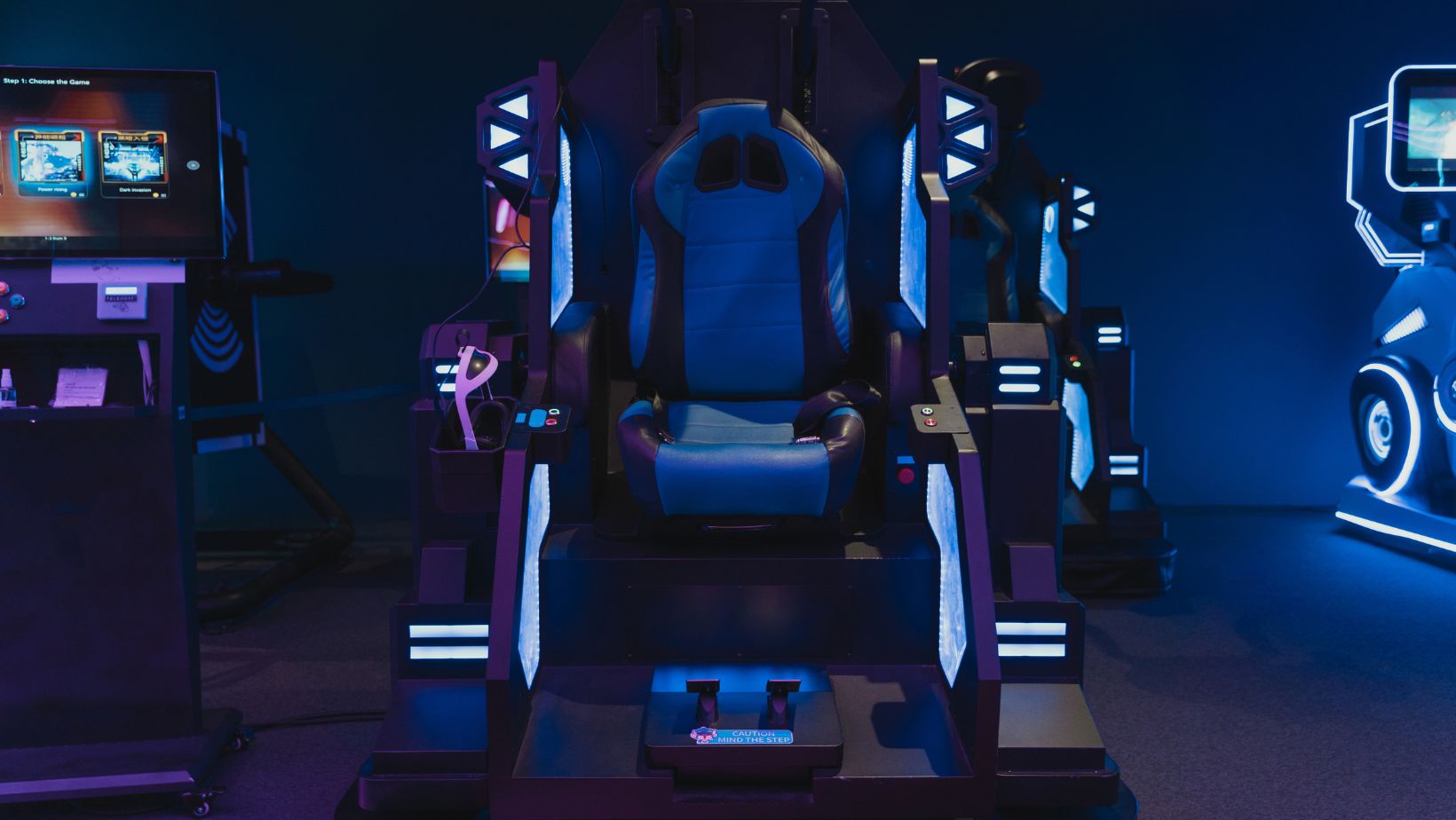
As the sun sets, players around the globe gear up for another thrilling night of Fortnite, a gaming phenomenon that’s taken the world by storm. This multiplayer online battle royale game, developed by Epic Games, has become a cultural touchstone since its release in 2017.
Fortnite isn’t just a game; it’s a social platform, a virtual playground where players can showcase their creativity, strategic thinking, and gaming prowess. From its vibrant graphics to its captivating gameplay, Fortnite offers an immersive experience that keeps players coming back for more. Stay tuned as we delve into the world of Fortnite, exploring its rise to fame, gameplay mechanics, and the vibrant community that surrounds it.
Understanding Fortnite: A Brief Overview
Fortnite, a flagship creation from Epic Games, stands as more than merely a game. It’s boasted as a global digital playground, propelling users into a dynamic, interactive world filled with engaging adventures. Divided into three distinct game modes, Fortnite harmonizes varying gameplay styles, each offering unique experiences.
Fortnite: Save the World, an intriguing cooperative shooter-survival game, deploys players in teams of four to fend off zombie-like creatures and protect objects through fortifications they can build. Launched in July 2017, Save the World sets the tone for the Fortnite franchise.

Quick on its heels, Fortnite Battle Royale was introduced in September 2017. A free-to-play strategic improvisation, Battle Royale puts 100 players against each other either in Solo mode, Duos, or Squads. The objective is to remain the last one standing on an ever-shrinking map. It’s this feature that orchestrates an exciting mix of strategic planning, competitive fast-paced combats, and captivating game narrative.
In Fortnite Creative, launched in December 2018, the focus is on giving free reins to players’ imagination. They’re offered an island of their own to create and design worlds and battle arenas. Indeed, it’s a manifestation of Fortnite’s vision – to be more than a game, to serve as a platform that promotes creativity and forges a community.
Over time, Fortnite’s iconic aesthetic – vibrant, cartoonish graphics – became widely recognized. The massive map, littered with various terrain and structures, allows players to explore, gather resources, and engage in combat. Terrains hold crucial strategic value during fights, giving Fortnite its unique flavor.
Weaponry and equipment in Fortnite add another dimension to gameplay. With an assortment of ranged and melee weapons, healing items, and utility items, players intend to attain and maintain a competitive edge. The item repertoire undergoes dynamic changes that revamp strategic components, ensuring Fortnite continues to offer unique play experiences.
In sum, Fortnite translates into a multi-domain experience – a combination of survival, battle royale, and creativity. It’s a place where users check in, not just for competitive play, but for expressive play, community participation, and unrestrained imagination.
The Different Game Modes in Fortnite
Fortnite dazzles gamers with its three distinct game modes: Save the World, Battle Royale, and Creative. Each mode offers unique environments and objectives, sparking the interest of millions around the globe.
Save the World constitutes the original core of Fortnite. In this mode, cooperative play is essential. Players team up to survive against zombie-like creatures that have taken over the world. The goal lies in scavenging for resources such as weapons and materials, rebuilding civilizations, and defending them from the approaching swarms. Epic Games, Fortnite’s developer, combines a traditional shooting game with elements of strategy, building and resource management which creates a unique gameplay experience.

Battle Royale stands as the most popular mode of Fortnite and a pioneer in the Battle Royale genre. Offering 100 players a landscape to fight against each other, it’s every player for himself. The last one remaining takes the Victory Royale. This mode promotes strategic gameplay, requiring players to scavenge for weapons, build structures for protection, and strategically traverse the map. It’s a classic showdown, contributing towards the recognition Fortnite enjoys today.
Creative mode, as the name implies, provides gamers with a sandbox environment, allowing them to create worlds and battle arenas. Players construct structures using building materials, design intricate mini-games, or simply explore compelling creations from other players. Creative mode serves as a platform for gamers to showcase their creativity and ingenuity.
Throughout these game modes, Fortnite achieves a fascinating blend of strategic gameplay, camaraderie, competitiveness, and creativity. It nurtures a diverse gaming environment, drawing in various types of players, with different gaming preferences. Even as the game evolves, these distinct game modes ensure the heart of Fortnite remains a dynamic and immersive experience.
Navigating the Fortnite Virtual Environment
In Fortnite, players find themselves in vibrant and dynamic terrains such as forests, towns, mountains, and seas. Recognizing these terrains can offer significant advantages. Forests provide wood, a vital resource for building structures. Towns brim with loot, so they attract large numbers of players, increasing the chance of combat encounters. Mountains offer vantage points for spotting enemies from afar, while seas can provide a quick getaway, provided the player has access to a boat.
Additionally, players encounter Storms in the game. These gradually shrink the playable area, pushing players to the center. Knowing the mechanics of the Storm is crucial, as being caught in it causes damage, impacting player survival. Regular updates also introduce new elements to the game map. Therefore, players benefit from familiarizing themselves with the ever-evolving landscape.
Understanding the day and night cycle is another aspect to consider. While the change doesn’t impact gameplay directly, certain skins and weapons might be easier to spot during specific times.

Navigating through Fortnite’s diverse environment also requires competent use of vehicles. The game includes several transportation options, such as all-terrain karts (ATKs), Shopping Carts, planes, motorboats, and helicopters. For instance, ATKs allow for swift movement across large distances, and planes provide aerial advantage, ideal for scouting enemies or making quick escapes.
Finally, Fortnite’s non-playable characters (NPCs), spread across the map, serve various purposes. Some offer quests, while others sell items or upgrades. Engaging with NPCs can influence gameplay positively by providing a competitive edge.
With thoughtful navigation, players can maximize the strengths offered within the Fortnite environment, supplying them with the necessary tools to succeed in their mission for survival. Throughout the game, maintaining a keen awareness of the surrounding environment, understanding the mechanics of the elements within it, and adapting to new updates and changes can provide players with substantial strategic advantages.
